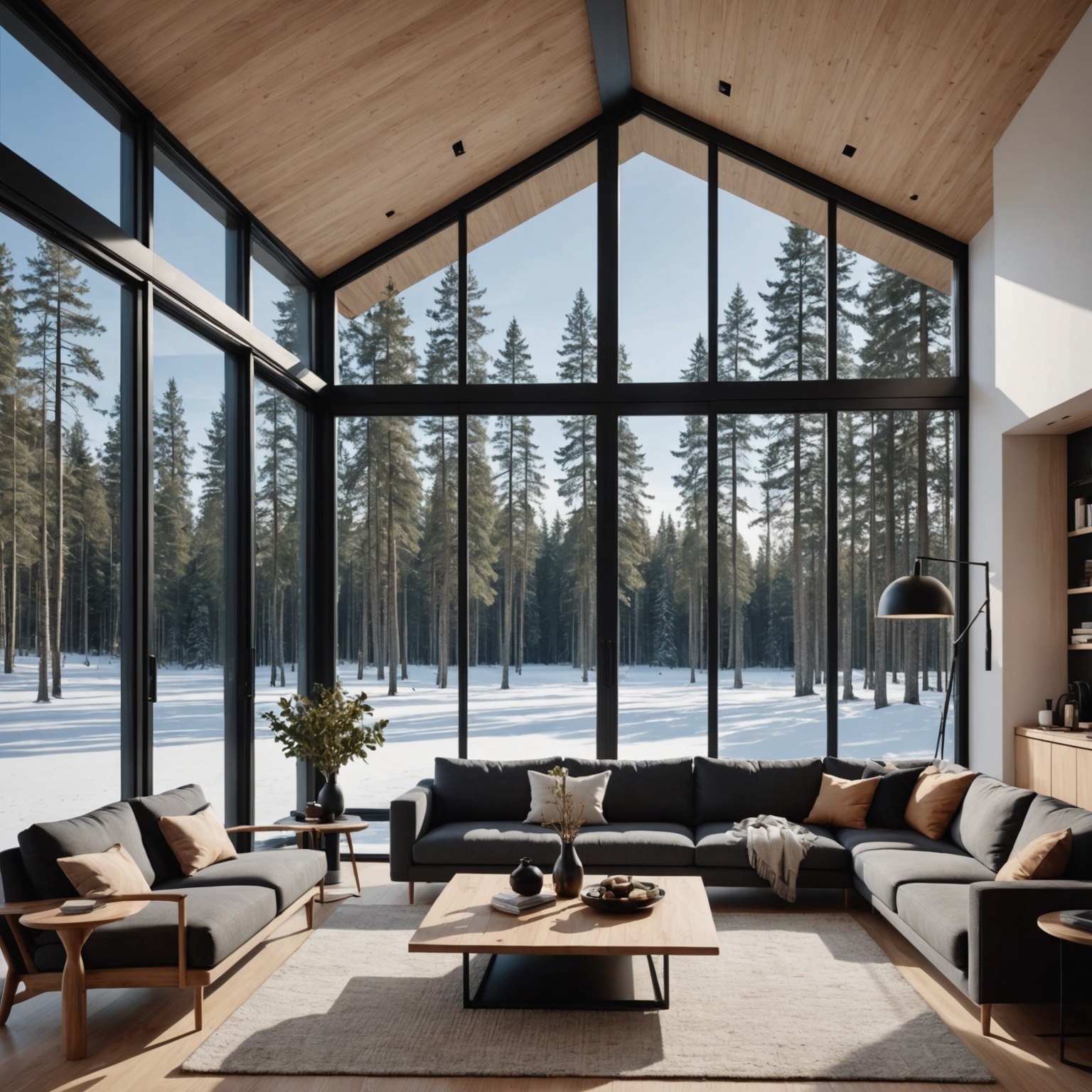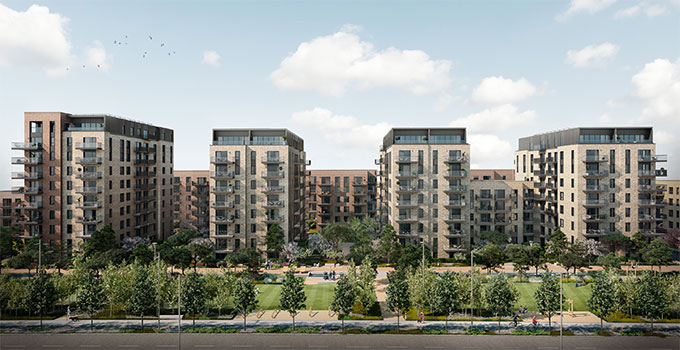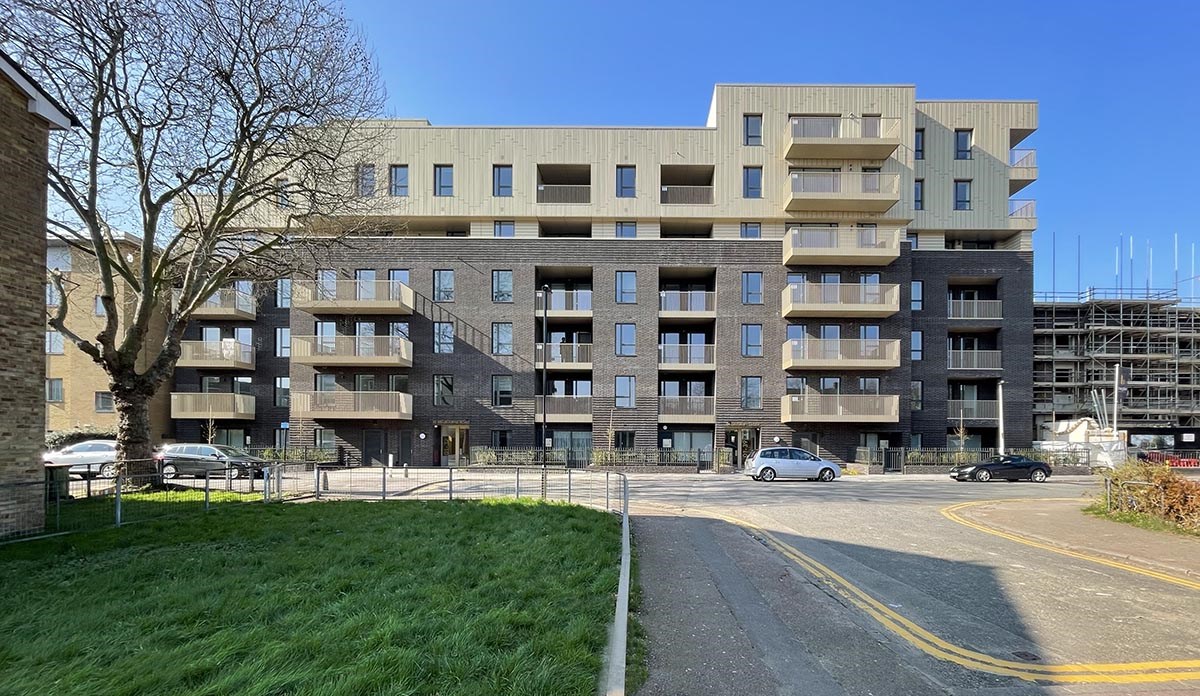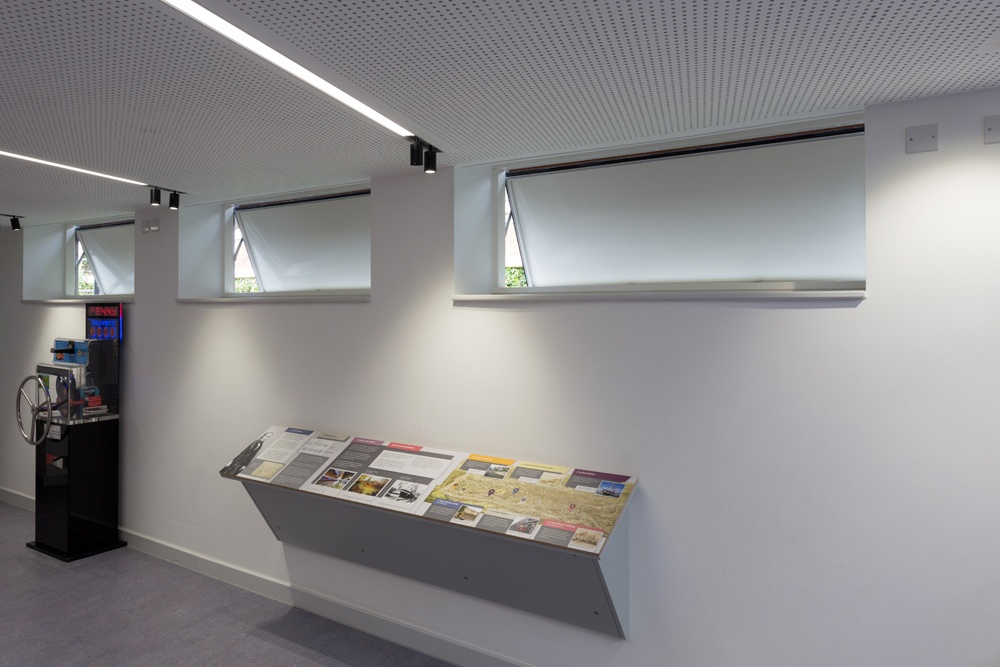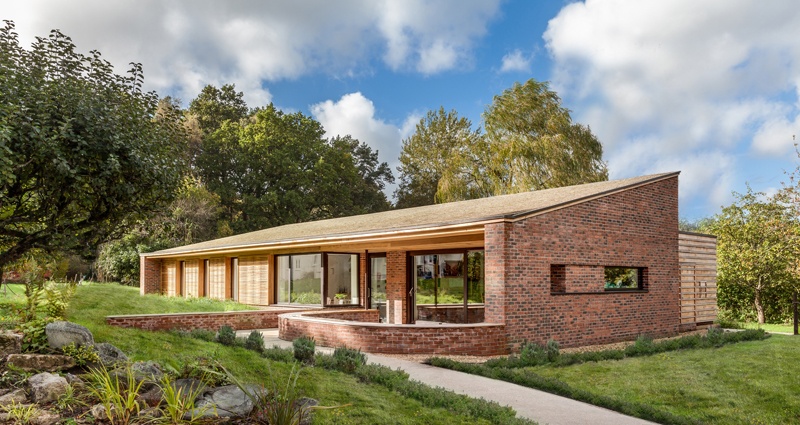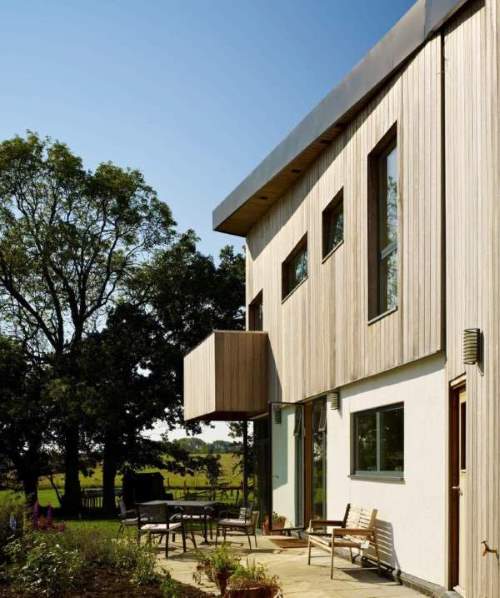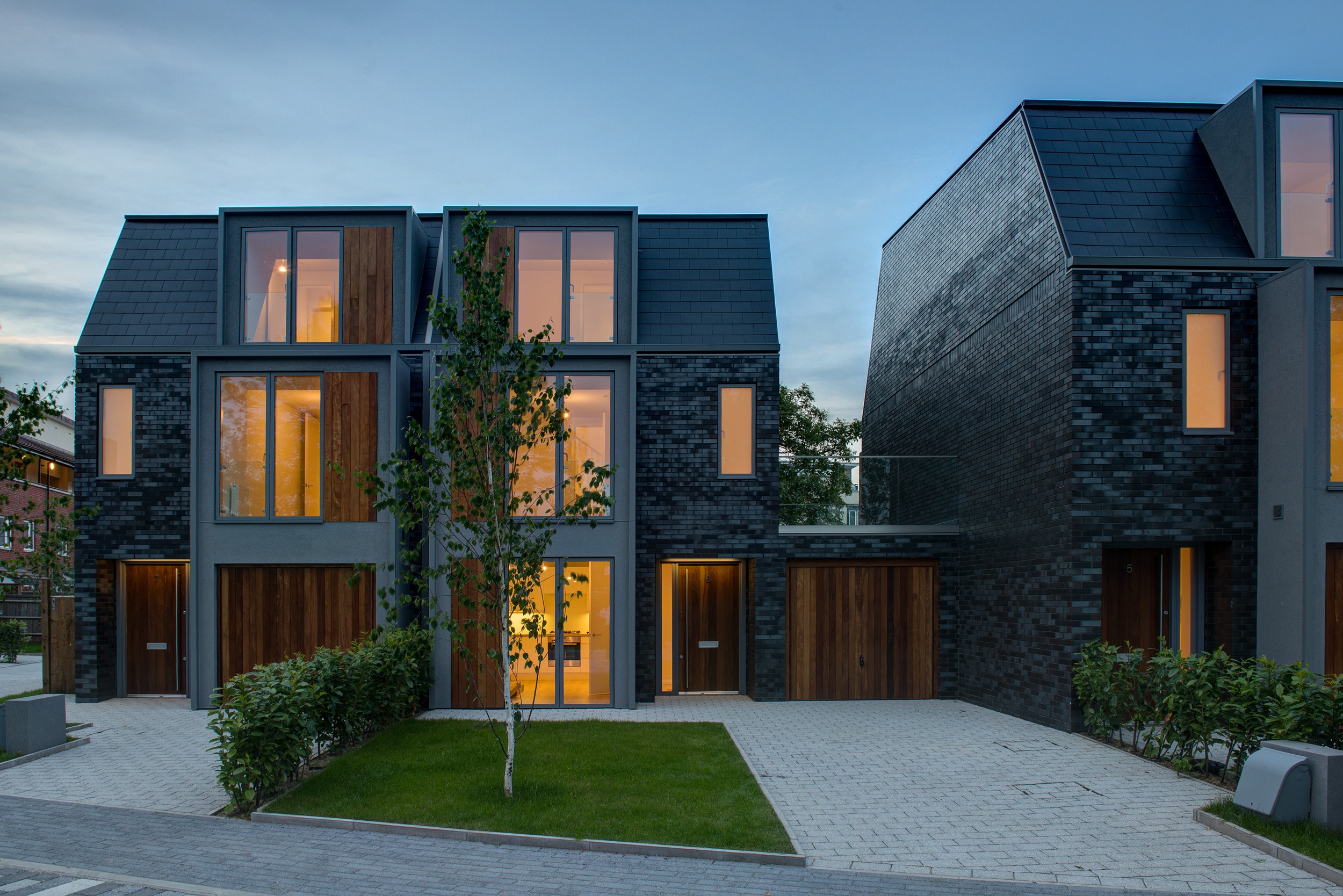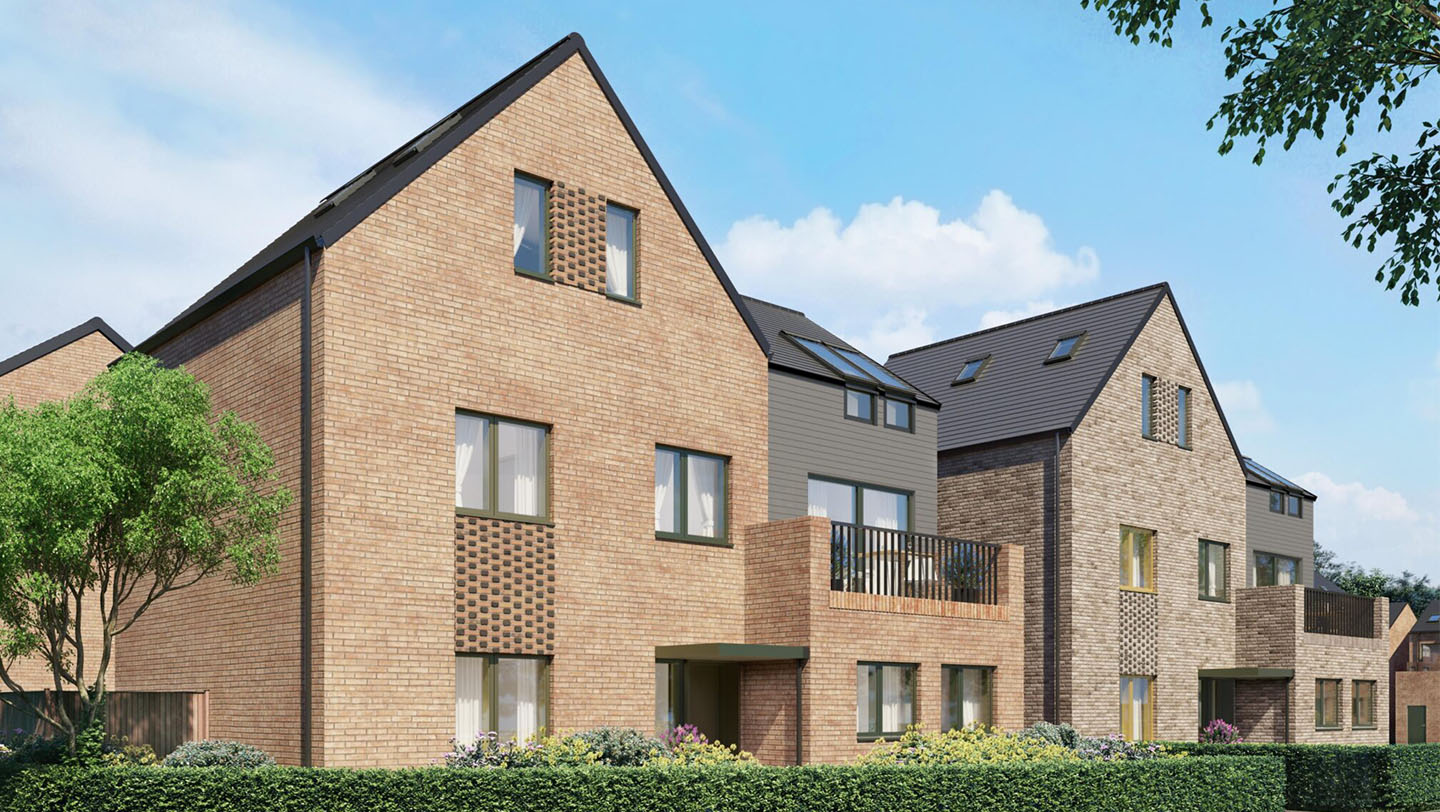Aluminium over-cladding specialists d+b facades will be installing 2,600m2 of VELFAC aluminium/timber windows at Wellington Close, Walton on Thames, as part of a major refurbishment project. The block of 132 flats, built in 1967, currently features large single-glazed windows which offer poor insulation, with some...
Latest articles
VELFAC composite glazing will be installed in the first four blocks of the Southall Waterside development in Ealing, London, by Berkeley Homes. Over 7,500m2 of aluminium / timber glazing and patio doors are being supplied to the first phase of the canal-side project, comprising over 600 new homes. Southall Waterside...
Velfac UK - Case study: Didsbury
August 4, 2025
The versatility of VELFAC glazing is showcased at the new Clifton Suspension Bridge Visitor and Operations Centre in Bristol. Designed by Alec French Architects, the Centre is split into two distinct parts, and combines visitor facilities (including an exhibition space, education room, and staff offices) with an...
Velfac UK - Lantern Craft Workshops, Ringwood, Hampshire
August 4, 2025
Velfac UK - Backgammon House, Buckinghamshire
August 4, 2025
Velfac UK - Case study: Launchpad Building
August 4, 2025
Velfac UK - Glazing for education projects
August 4, 2025
Velfac UK - Greenfield Place, Hayes, London
August 4, 2025
Velfac UK - Case study: Oak Meadows
August 4, 2025
